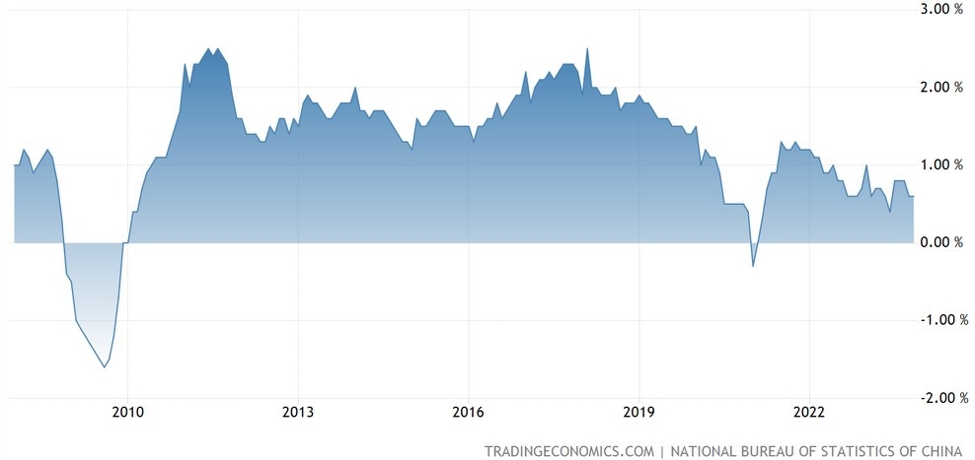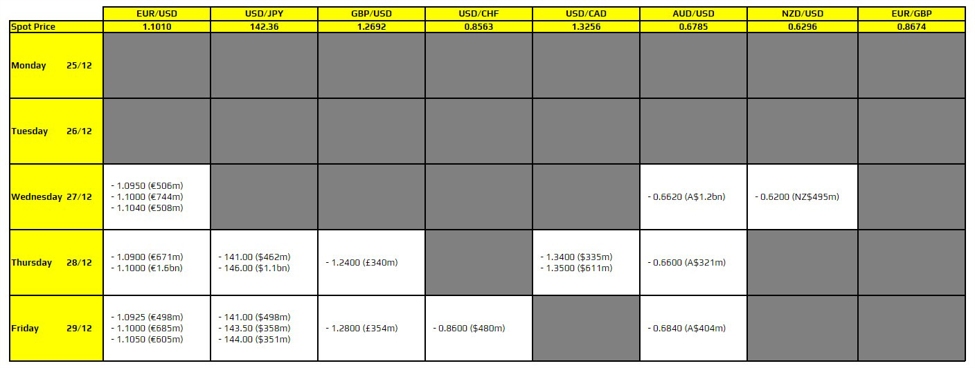Efficiency Ratios: Measuring How Well a Company Uses Its Resources
Efficiency ratios reveal how effectively a company uses its assets and manages its operations. While profitability and solvency tell you what a company earns and how it funds itself, efficiency ratios uncover how it gets there. These metrics are particularly useful for comparing operational quality across competitors, uncovering bottlenecks, or spotting deteriorating business practices before they hit the income statement.
Not many investors look into a company’s efficiency. Do you?
This instant guide at ForexLive.com (later this year to become investingLive.com) explains the most important efficiency ratios, applies them to real-world scenarios, and shows how their interpretation can shift depending on sector and market phase.
What Are Efficiency Ratios?
Efficiency ratios—sometimes called activity ratios—evaluate how effectively a company uses its assets to generate revenue or manages its working capital components such as inventory and receivables.
They are most valuable when viewed as trends over time or benchmarked against peers.
Key Efficiency Ratios Explained
1. Asset Turnover Ratio
Formula: Revenue / Total Assets
Example:
2. Inventory Turnover Ratio
Formula: Cost of Goods Sold (COGS) / Average Inventory
Example:
3. Days Inventory Outstanding (DIO)
Formula: (Average Inventory / COGS) × 365
Tip: Lower DIO = better inventory management (sector dependent)
4. Receivables Turnover Ratio
Formula: Net Credit Sales / Average Accounts Receivable
Example:
5. Days Sales Outstanding (DSO)
Formula: (Accounts Receivable / Revenue) × 365
Example:
6. Payables Turnover Ratio
Formula: COGS / Average Accounts Payable
7. Days Payable Outstanding (DPO)
Formula: (Accounts Payable / COGS) × 365
The Cash Conversion Cycle (CCC)
Formula: CCC = DIO + DSO – DPO
Example:
A company with DIO = 40, DSO = 35, DPO = 30 → CCC = 45 days. It takes 45 days to convert investment in inventory back into cash.
Market Phase Interpretation
📈 Bull Market
📉 Bear Market
✨ Recovery or Transition Phase
Sector Benchmarks (Typical Ranges)
| Sector | Inventory Turnover | DSO (Days) | DPO (Days) | CCC (Days) |
|---|---|---|---|---|
| Retail (Grocery) | 10–15 | 10–30 | 30–60 | 10–30 |
| Industrials | 4–8 | 40–60 | 30–50 | 50–70 |
| Tech (Hardware) | 6–10 | 30–60 | 40–70 | 20–40 |
| SaaS | N/A | 30–50 | N/A | Low CCC |
| Consumer Staples | 8–12 | 20–45 | 40–70 | 10–40 |
Practical Red Flags
-
Rising DIO or DSO without revenue growth → inefficiency
-
DPO falling in a bear market → less negotiating power or liquidity stress
-
CCC extending over time → cash flow pressure
-
Mismatch: DSO increasing while revenue declines = potential collection problems
Case Study: Two Retail Companies
Company A (Efficient Retailer)
-
Inventory Turnover: 13
-
DSO: 20 days
-
DPO: 60 days
-
CCC: -27 days
Company A gets paid by customers before it pays suppliers—negative CCC = strong cash cycle.
Company B (Struggling Retailer)
-
Inventory Turnover: 5
-
DSO: 45 days
-
DPO: 25 days
-
CCC: 65 days
Cash is tied up for over two months. Warning sign for investors.
Tips for Analyzing Efficiency Ratios
-
Compare across 3–5 years for trend insight.
-
Always benchmark by sector.
-
Watch for seasonality effects in retail, manufacturing.
-
Use in combination with cash flow metrics.
-
Look at management commentary for inventory/collections targets.
We at ForexLive.com (evolving to investingLive.com later this year) are continuing to educate investors. In this case, understanding efficiency ratios empowers you to assess whether a company is turning assets and operations into growth—or wasting time and capital.
Efficiency isn’t just about doing more—it’s about doing it smarter and faster.
ForexLive.com
is evolving into
investingLive.com, a new destination for intelligent market updates and smarter
decision-making for investors and traders alike.















